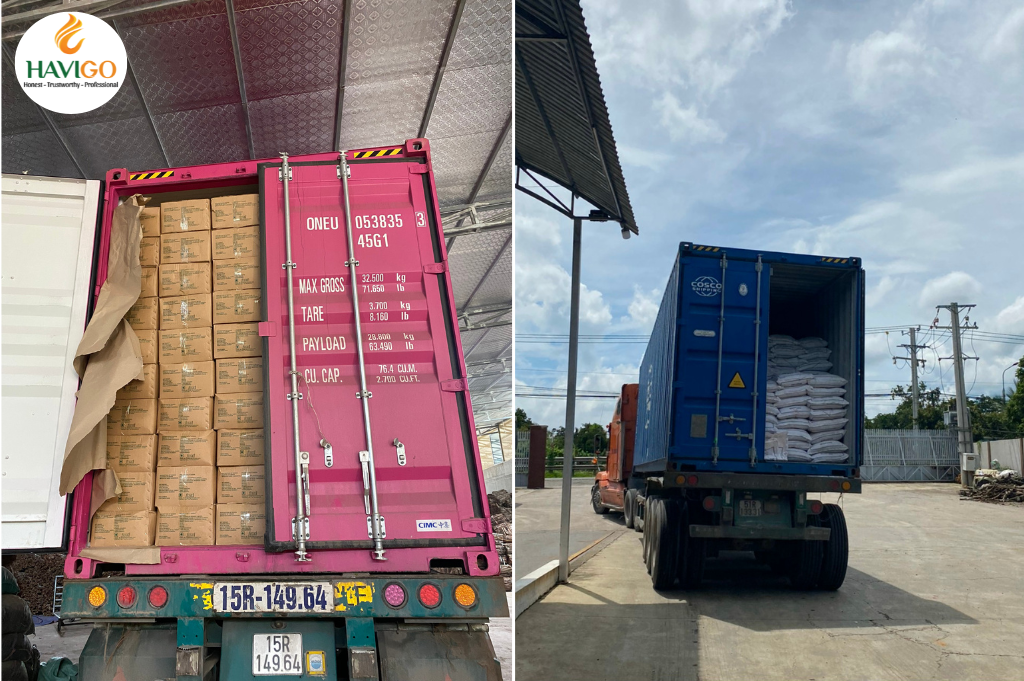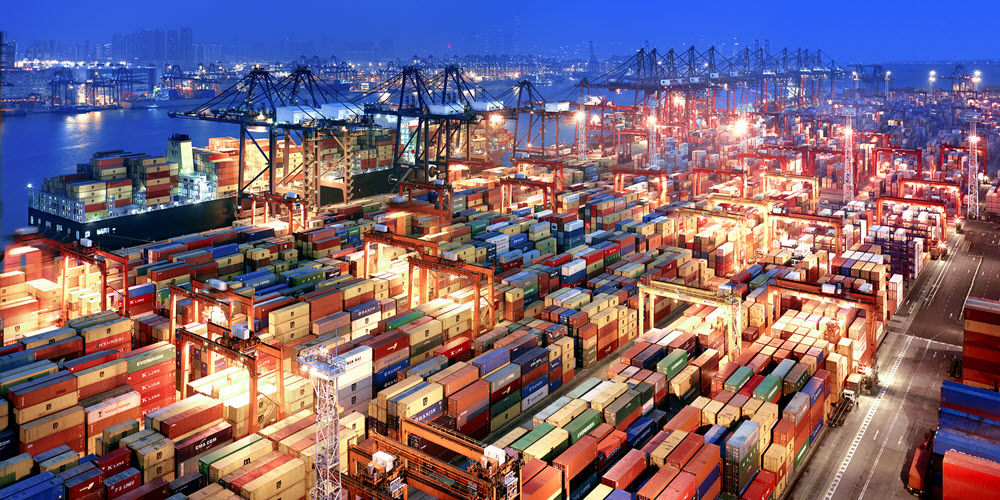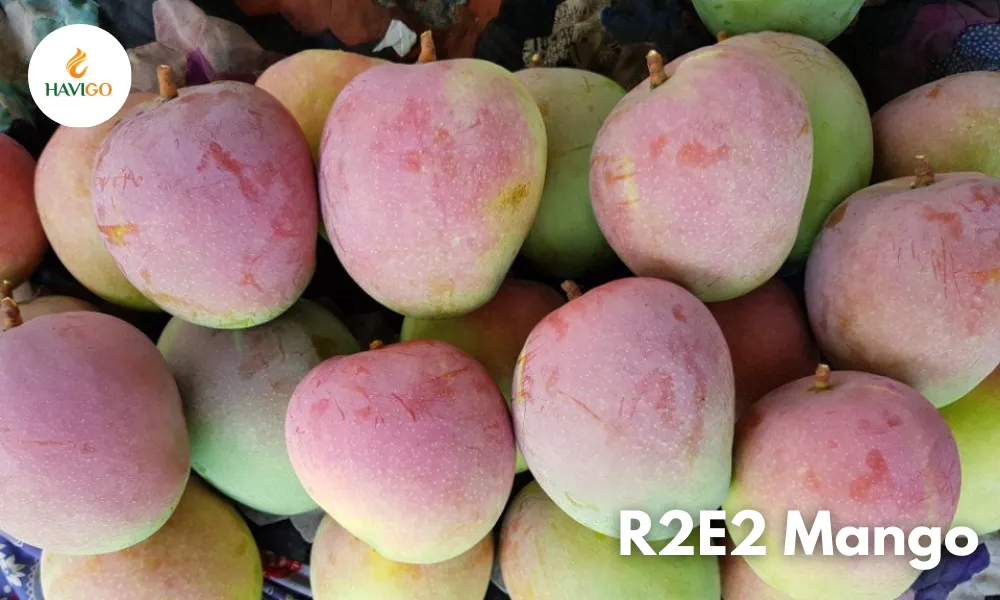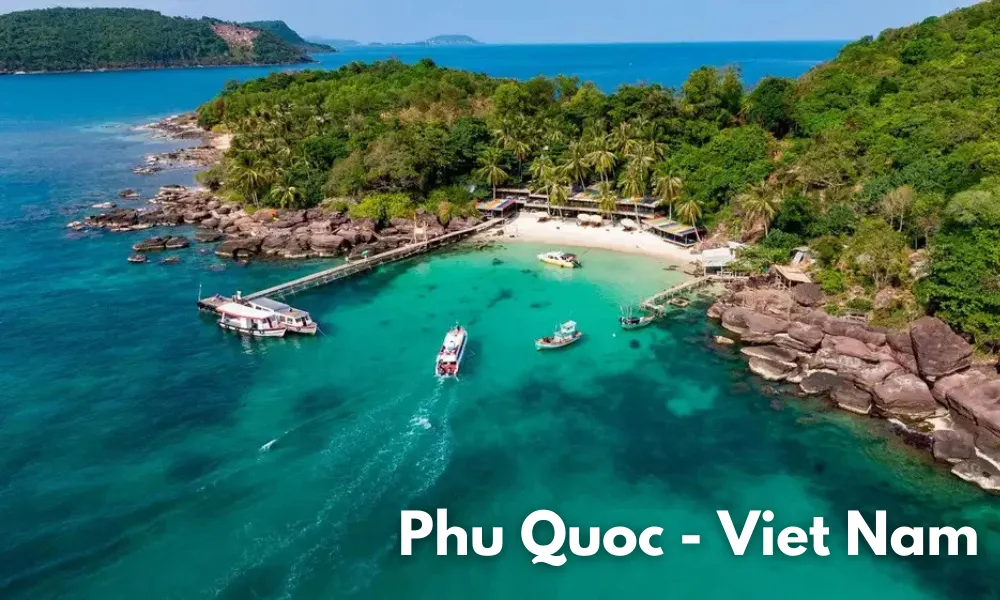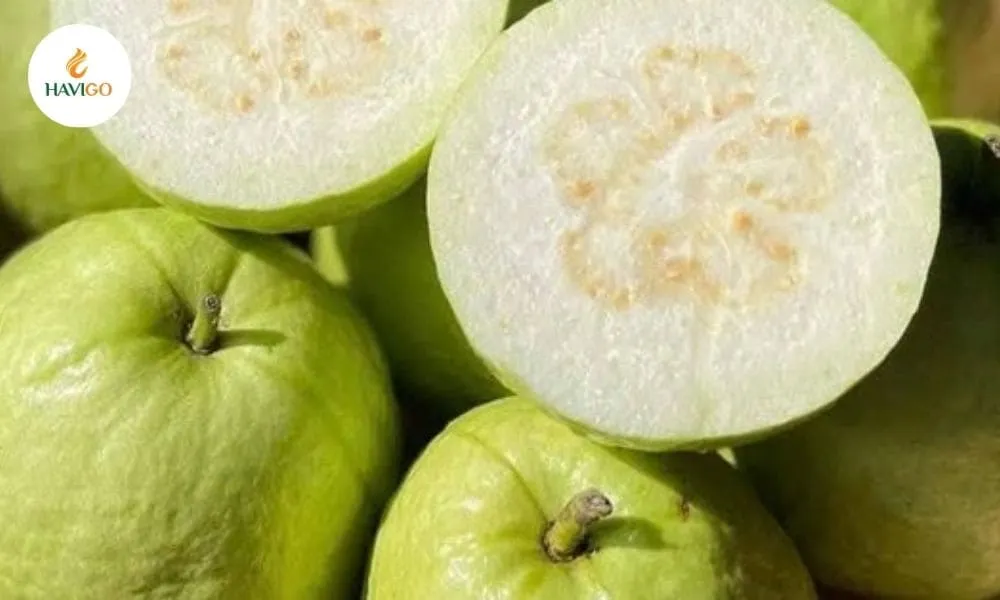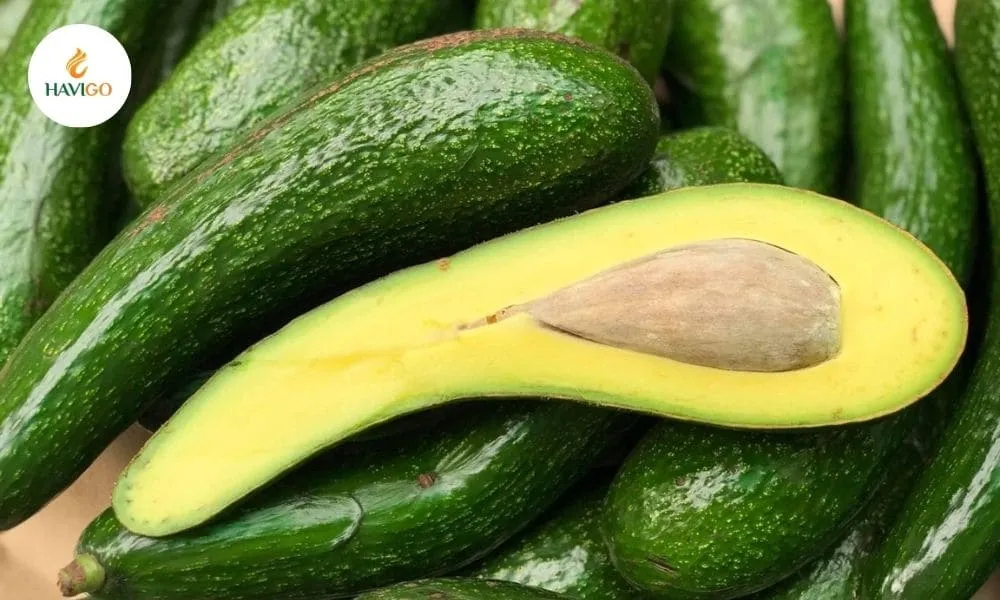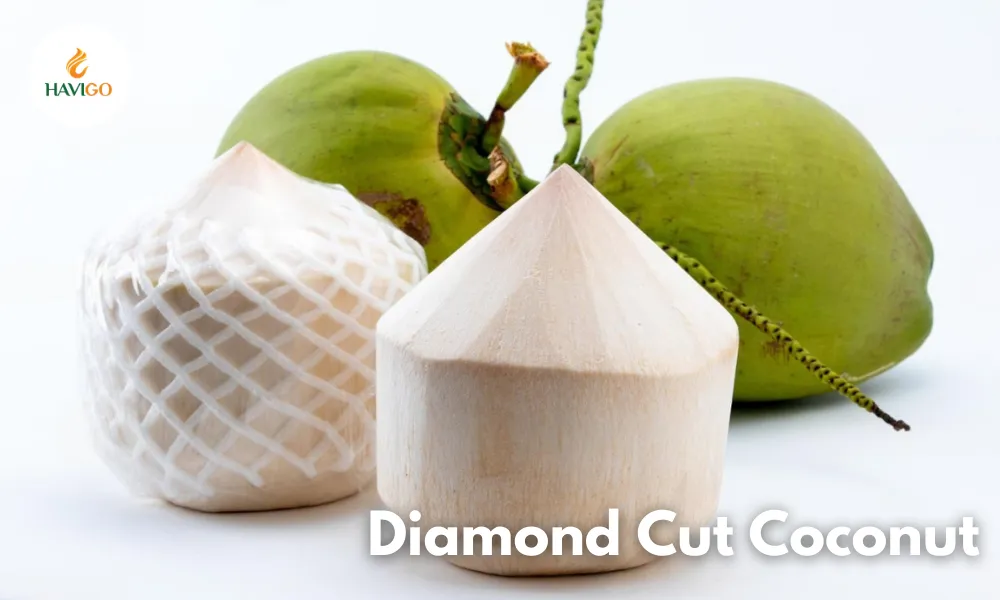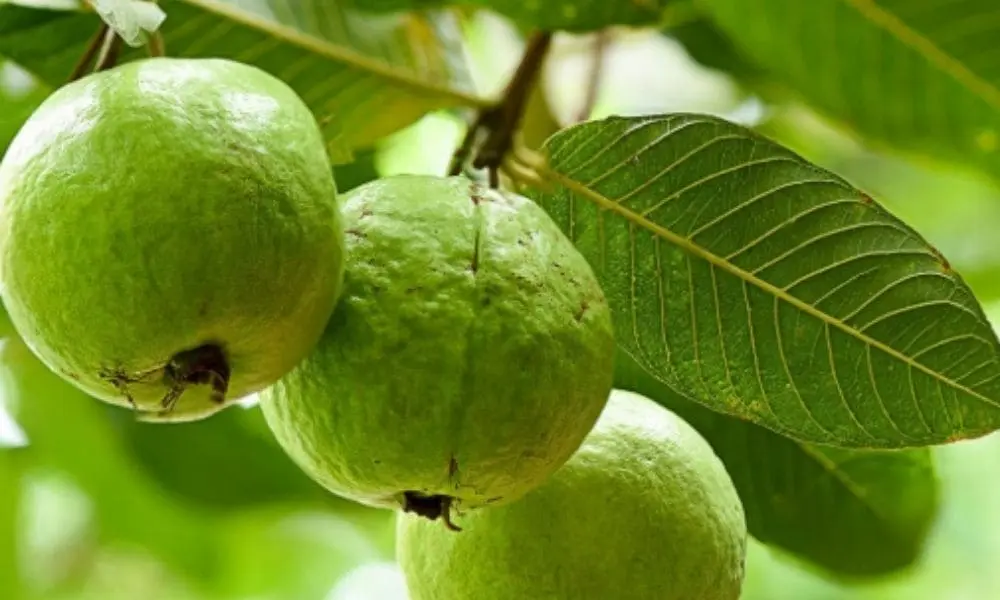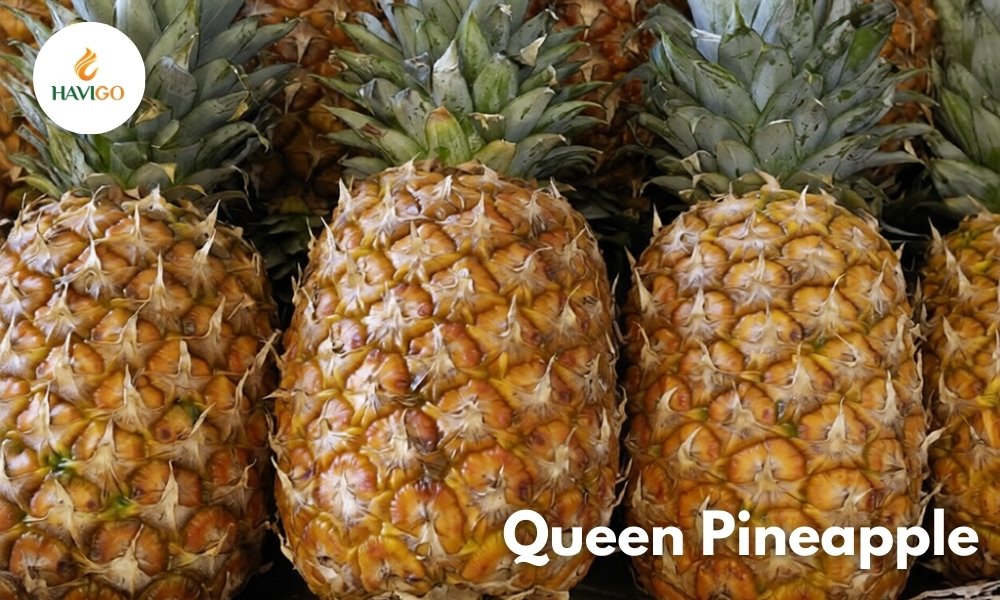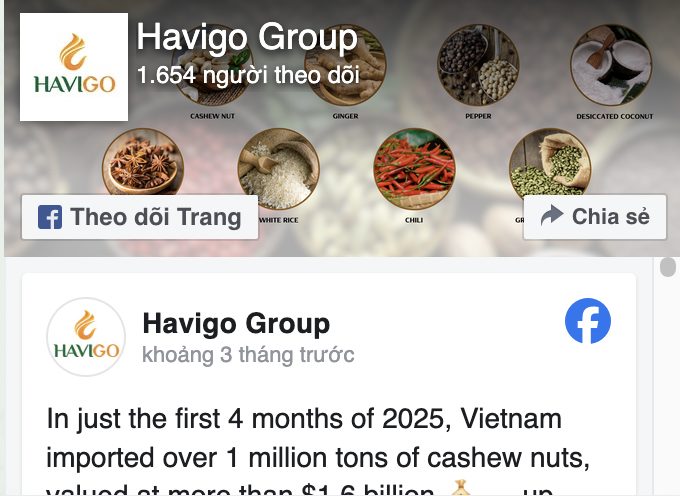Cassia cinnamon, a beloved spice with its warm, aromatic essence, is the dried inner bark of the cassia tree. Renowned for its use in culinary delights and even traditional medicine, cassia cinnamon finds its most fertile ground in the mountainous province of Yen Bai, Vietnam. Here, cassia cinnamon thrives strongly, making Yen Bai the top province of cassia cinnamon production. Let’s find out why Yen Bai is the best place for growing cassia cinnamon.
1. Conditions for growing Cassia in Yen Bai
Yen Bai’s ideal growing conditions are the secret behind its exceptional cassia cinnamon. The province’s cool mountainous climate, and rich, well-drained soil, provide the perfect environment for cassia trees to flourish. The tradition of cassia cinnamon farming in Yen Bai has gone down for generations, with local knowledge and practices continuously evolving to produce the highest quality cinnamon. This province dominates cassia production, accounting for 70% of the total growing area and export volume in Vietnam.
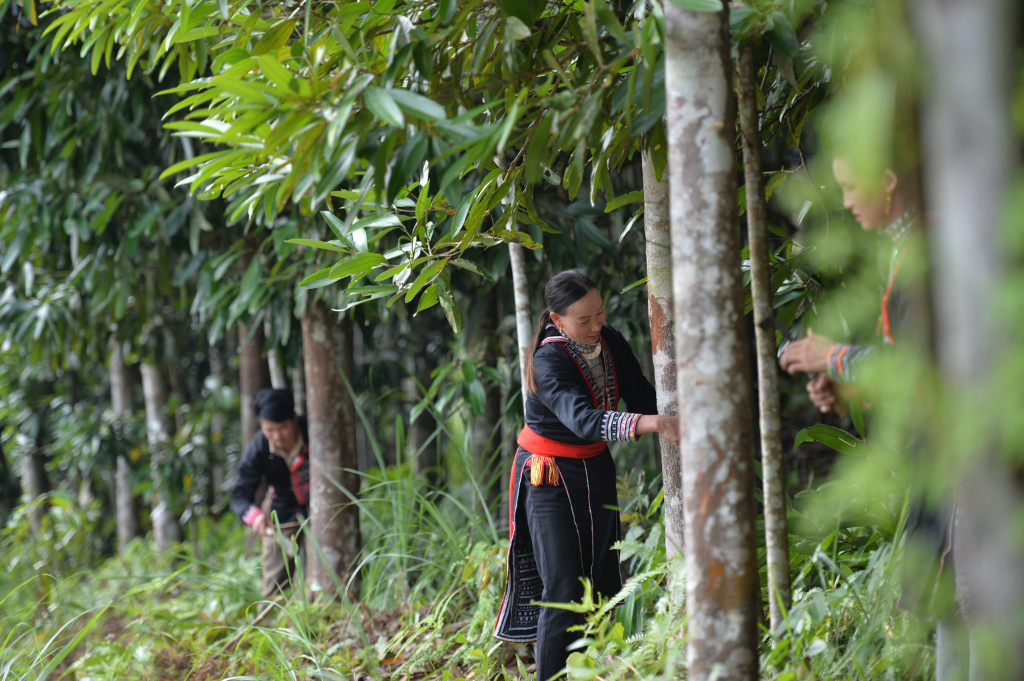
2. Cultivation of Cassia Cinnamon in Yen Bai
Preparation for Cassia trees
The journey of a cassia cinnamon quill begins with meticulous soil preparation. Farmers ensure the soil is loose and fertile, providing the perfect environment for plants. Weeding and watering are as essential as fertilization promotes sustainable growth. Normally, people harvest a cassia tree after 6 – 7 years if grown from cuttings; and 20 years if grown from seeds. However, to ensure the good quality of cinnamon bark, the tree should be above 10 years old when farmers harvest.
There are two primary harvesting seasons: spring (March to May) and late summer (August to October). Farmers wait until the bark becomes loose from the wood inside before harvesting. They can choose to cut down entire trees (white harvest) or selectively remove bark while keeping the trees alive (a common practice).
Harvesting & processing Cassia
Harvesting cassia cinnamon is an art of skillful farmers. The cassia cinnamon tree is ready for harvesting 8-10 years after planting, however, 15 years is ideal for the best quality. Farmers cut off branches and fall the entire tree. Farmers typically harvest cinnamon twice a year, right after the rainy season, as humidity causes the bark to peel off more easily.
Then they move to the processing step. Skilled workers use a sharp knife to peel the rough outer bark away to reveal the soft inner bark inside. Different final products will require additional steps during the cinnamon production process. There are many kinds of cassia such as whole tube, split, stick, cigarette, broken, pressed…
The cinnamon undergoes drying, often under the warm sun, to achieve its characteristic curled shape and optimal flavor. Firstly, the removed barks (or cassia quills) are dried in the shade for 4 to 5 days to prevent losing the roll shape. Later, farmers make cassia exposed to sunlight until they reach perfect moisture.

When totally dried, workers grade cinnamon based on its thickness, appearance, and essential oil content inside the cassia factory. They cut cinnamon bark to appropriate lengths for different cassia types. For example, tube cinnamon measures 30 to 45 centimeters long, whereas cigarette cinnamon measures only 8 to 10 centimeters. In cases where the final product is powder form, they ground the barks into a fine powder. Finally, they pack cinnamon quills in moisture-proof bags or carton boxes to prevent breakage.
By the way, HAVIGO is one of the biggest cassia cinnamon suppliers in Vietnam. We own a growing region and operate a factory in Yen Bai. With the above advantages, we’ve exported to many countries from East to West.
3. Potential of Yen Bai Cassia producing
However, cassia cinnamon farmers in Yen Bai face challenges. Pests and diseases can threaten the health of the trees, and unpredictable weather patterns can impact yields. However, farmers embrace sustainable farming practices, with techniques like organic pest control. This ensures the long-term health of the environment and the future of cassia cinnamon farming in Yen Bai.

Looking ahead, the future of cassia cinnamon farming in Yen Bai is bright. The global demand for this aromatic spice shows no signs of decreasing. Plus advancements in farming techniques promise even greater yield. The economic value of cassia cinnamon to Yen Bai is important, providing a source of income for countless families and contributing significantly to Vietnam’s prosperity.
In conclusion, cassia cinnamon farming is deeply woven into the fabric of Yen Bai. The unique combination of ideal growing conditions, time-honored traditions, and a commitment to sustainable practices makes Yen Bai cassia cinnamon a truly special product.
About us
Havigo Company Limited operates in the field of agricultural export. We wish to bring high-quality Vietnamese agricultural products such as spices, rice, beans, and fruits… to the world. We supply you with high-quality products at the best price. If you find interest in importing Cassia Cinnamon from Vietnam, please contact us for better support via WhatsApp: +84 979 58 58 56.

We are confident in our ability to deliver products that consistently meet the highest quality standards while offering competitive pricing within the market. Furthermore, we are committed to providing exceptional customer support throughout your entire experience. Please contact us for better support via WhatsApp: +84 979 58 58 56.
